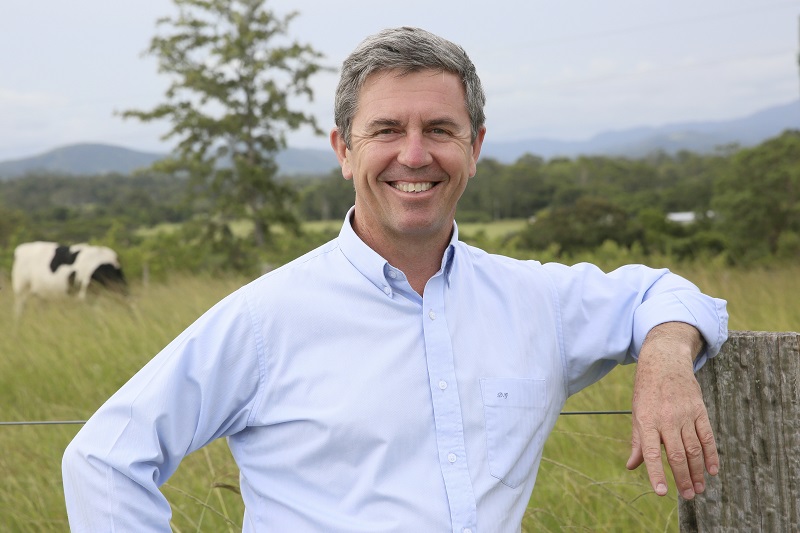NSW Nationals in the Federal Government are investing nearly $100 million to increase the number of Commonwealth-supported places for medical students in rural clinical schools and regional university campuses.
The 2022-23 federal budget provides an investment of $296.5 million in regional, rural and remote health, including new measures to increase the medical workforce in the regions.
National Regional Health Minister and MP for Lyne, Dr David Gillespie, said the rural health budget included $99.3 million to fund an additional 80 Commonwealth-supported places for medical students through the through a competitive process, using the evaluation framework for medical CSP proposals.
“In our area Newcastle University runs a rural clinical school and UDRH (University Department of Rural Health) in Taree and Port Macquarie, and the University of New South Wales runs a medical program with a school footprint rural clinic in Port Macquarie. said Dr. Gillespie.
“These two institutions will be able to apply for places through the competitive process. If successful, this will expand opportunities to develop local medical and GP staff.
Last week, the federal coalition government announced an injection of $32.9 million over three years into Newcastle University’s Rural Health Multidisciplinary Training (RHMT) program, which will train many more medical students , nurses and other allied health professionals in Taree.
Funding for Newcastle University’s rural clinical school and rural health department, based in Taree, will support 18 local staff and significantly increase the region’s health workforce.
Dr Gillespie said the RHMT program provides more than $200 million a year to fund a network of rural clinical schools, academic rural health departments, regional training centers and dental training sites to support internships. extended rural areas.
“This training program continues to receive strong support from Nationals in Government, increasing the local primary care workforce, improving health outcomes in our local communities and giving students an appreciation for how it can be rewarding to work in a regional area.”
Dr Gillespie said other rural medical workforce initiatives in the budget include:
• $2.1 million to maintain the National Rural Health Student Network of Rural Health Clubs in universities with a multidisciplinary rural health training program to support students during their studies;
• HELP Debt Incentive – strengthens incentives for private practice doctors and nurse practitioners to live and work in rural Australia, through the Higher Education Loans Program (HELP) , formerly HECS, by reducing their outstanding HELP debt.
• Over $700 million to continue the specialist training program to help train more doctors in the specialties that regional Australia needs.

